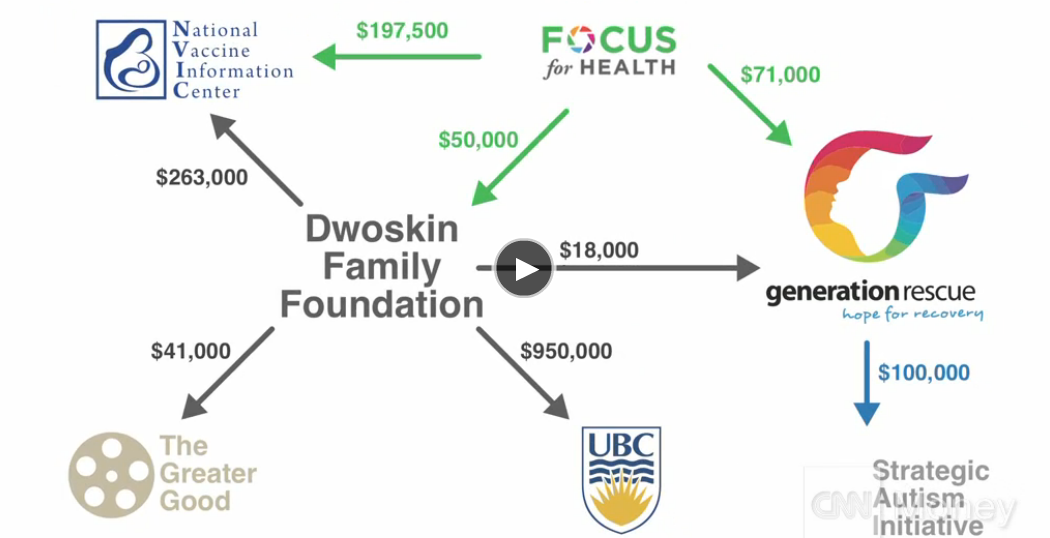This article is not from
The Onion. It is in
The High Plains Journal. Farmer Trent Loos writes:
Autism is on the rise in this country. Because junk science led so many parents to opt out of vaccinating their children for fear of autism, we now have a bigger problem with diseases like measles that were once basically eradicated. That is why we cannot take issues like this lightly.
So far, so good. Then...
Arthur Beaudet, chair of molecular and human genetics at the Baylor College of Medicine and a physician at Texas Children’s Hospital, is the senior author of the report that appears online in the Proceedings of the National Academy of Sciences.
The findings suggest that dietary intake of red meat, especially among very young children, could reduce the chance of developing autism. Additionally, a study from Egypt showed a clear improvement in the mental and physical symptoms of the disease in autistic children who consumed higher levels of L-carnitine.
Meat eaters receive about 75 percent of their carnitine from their diet. However, dietary carnitine levels are low in vegetarians and particularly in vegans. In most people, levels of carnitine are balanced by the body’s ability to manufacture its own carnitine in the liver, kidney and brain, starting with a modified form of the amino acid lysine.
If you compare the dramatic increase in autism to the marked decline in meat and milk consumption during the last 10 years, it certainly gives one cause for concern that our diet is likely leading to increased autism. Are parents finally going to have to take responsibility for giving their children this horrible disease because they were trying to follow some ridiculous Hollywood trend?
There are some problems here. First, what Beudet found was a correlation between autism and a certain genetic abnormality associated with the synthesis of carnitine. Even if subsequent research confirms the findings, correlation is not causation, and they do not suggest anything about the consumption of red meat. In any case, the whole thing makes so sense. Autism shows up in infancy, and infants have never consumed a lot of red meat. (Toothless two-month-olds cannot chow down on steak.) The last paragraph above is a classic of the
post hoc, ero propter hoc fallacy. One can also correlate the rise of autism with, say, the closure of Radio Shack stores.
And needless to say, self-advocates would take exception of the characterization of autism as a "horrible
disease."

